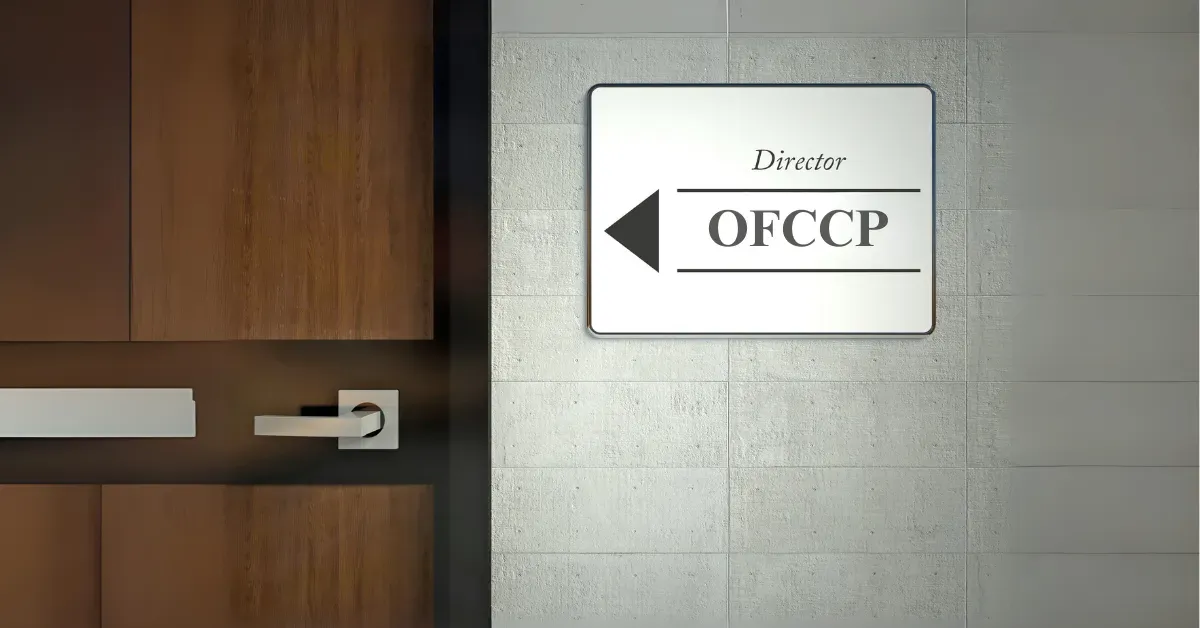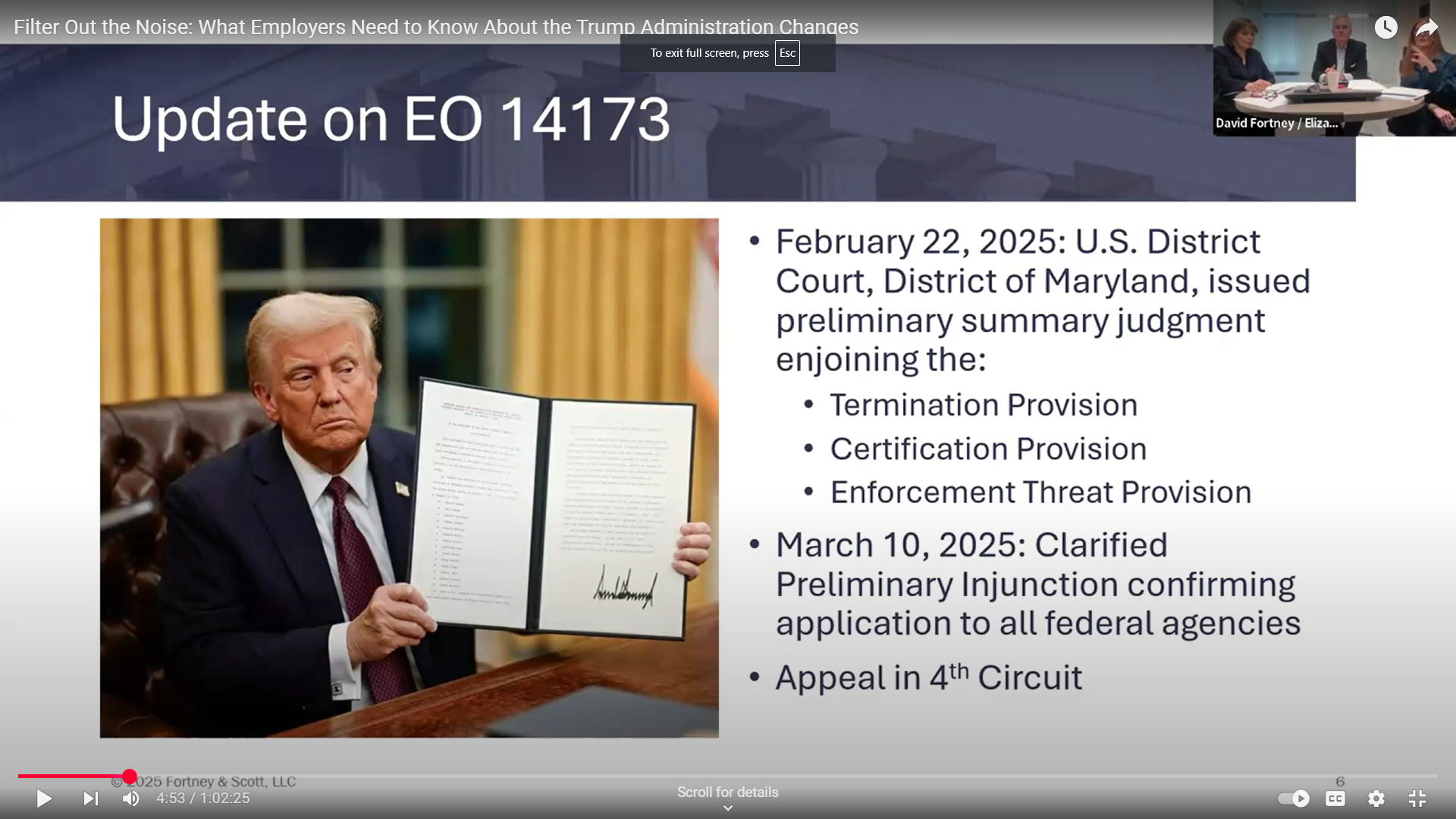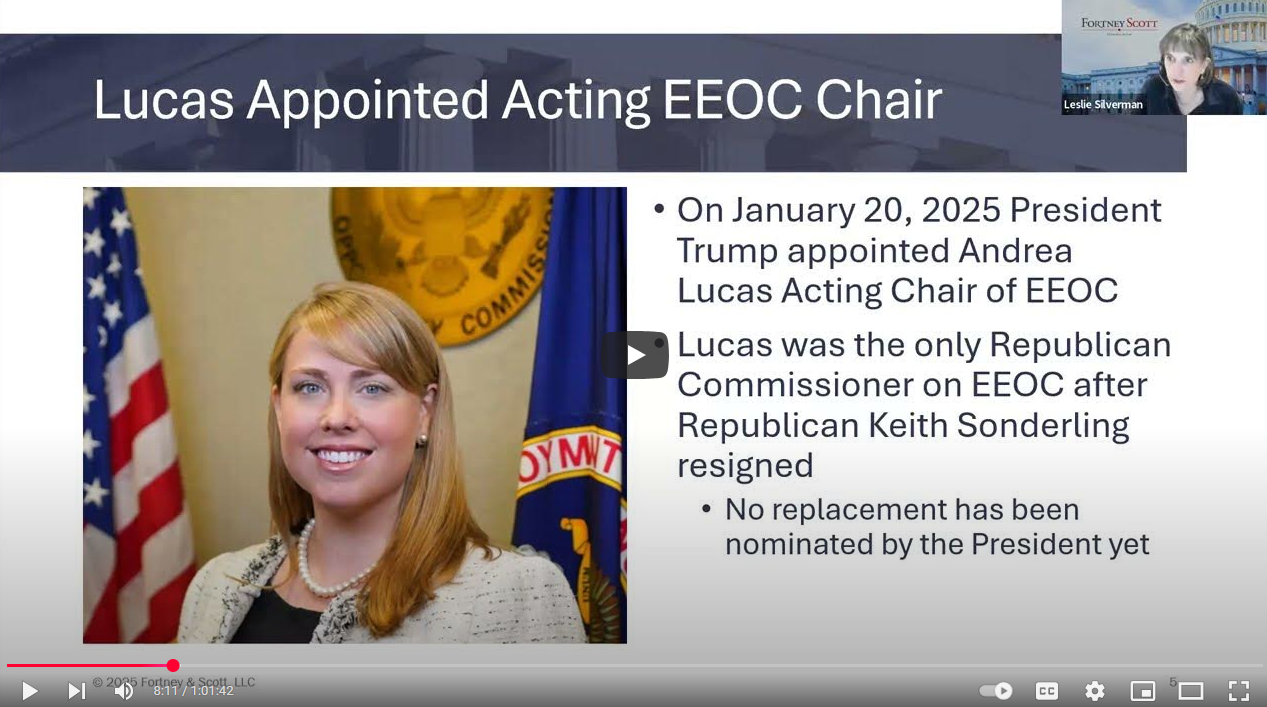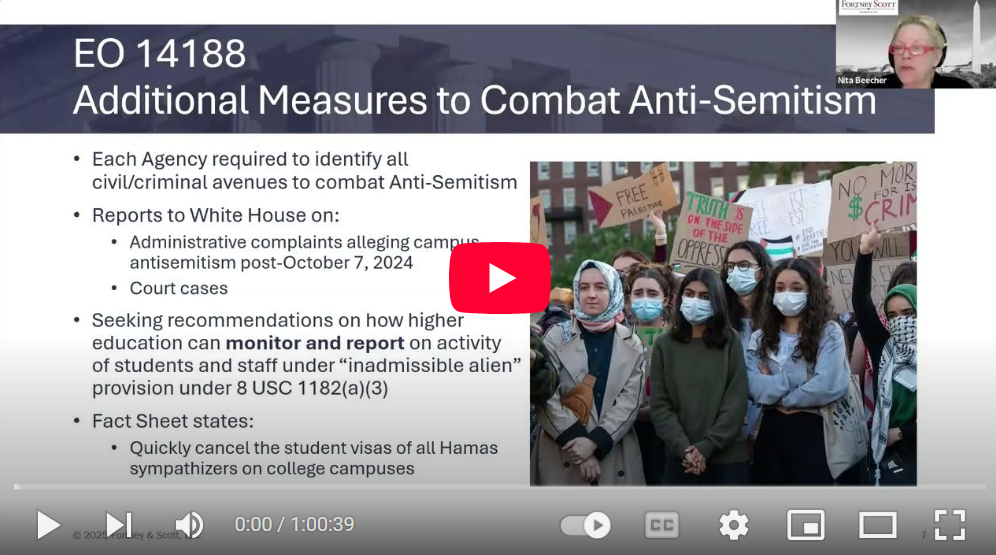New Overtime Regulations Released by Department of Labor
On Tuesday, April 23, 2024, the Department of Labor (DOL) released its long-delayed final rule, Defining and Delimiting the Exemptions for Executive, Administrative, Professional, Outside Sales and Computer Employees, increasing the salary threshold for overtime exemptions. The 383-page regulation, which prompted 33,000 comments, raises the salary thresholds from the proposed draft. The final rule has not yet been published in the Federal Register.
New Overtime Thresholds
Under the final rule, for most employees exempt from overtime under Fair Labor Standards Act (FLSA), on July 1, 2024, the threshold for exemption under the salaried basis will become $844 per week, or the equivalent of an annual salary of $43,888. Then, on January 1, 2025, the threshold will be increased further to $1,128, or the equivalent of $58,656 based on the Department’s new computational methodology. The current salaried basis threshold under the Trump Administration’s revision to the FLSA is $684 a week, or $35,568 a year. The new rule also includes an “indexing” feature that will automatically raise the overtime threshold every three years on July 1.
For highly compensated workers, the rule raises the salary basis threshold to $132,964 in July and $151,164 in January 2025, up from the current rate of $107,432.
In most other respects, the new regulation retains the current duties for bona fide executive, administrative, and professional employees to overtime requirements. The main change from the proposed regulation is that the new salary thresholds will not extend to most U.S. territories.
Impact on Employers
The Department estimates that millions of workers will benefit from the new standard by 2025. Opponents of the regulation claim that thousands of small and medium-sized businesses, educational institutions, and cultural entities will be forced to cut staff and services, drastically raise prices, or simply go out to business.
Judicial Challenges
In 2017, the Obama Administration launched an effort to significantly increase the overtime thresholds in a regulation that is similar to the new rule in nearly every respect. That regulation was summarily rejected by a U.S. District Court in Texas. New challenges to the new rule have already been promised and will likely be filed in the same jurisdiction. In addition, litigation to repeal the Trump-era overtime regulation continue and may further complicate the implementation of the DOL’s new overtime rule.
Issued April 23, 2024















